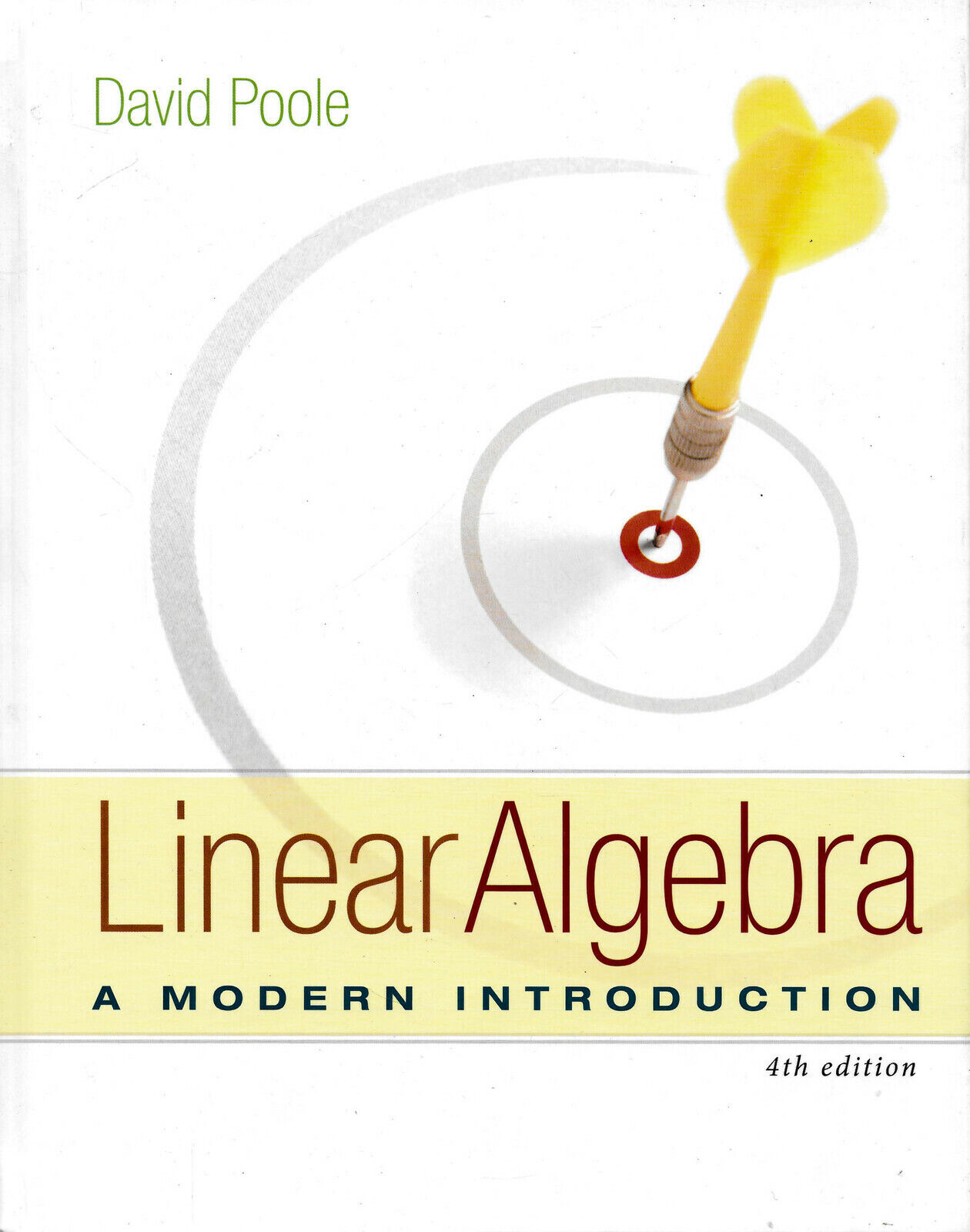Linear Independence
- Linear Algebra 1.2
in Mathematics on Linear Algebra  · 2 min
· 2 min

from 「Linear Algebra: A Modern Introduction」: David Poole
Linear combination
Given a set S of elements of a $F$-vector space $V$, a linear combination of elements of S is an element of V of the following form.
- $ i\in\set{1,\dotsc,n} $
- $ a_i\in F,\; S=\set{\b{v}_i\in V}\subset V $
- $ \dsum_{i=1}^n a_i\b{v}_i $ : a linear combination of $S$
The scalars $ a_i $ are called the coefficients of the linear combination.
Linear independence
We can then define whether the vectors of $S$ are independent or dependent.
The elements of a subset $S$ of $V$ are said to be linearly independent if no element of $S$ can be written as a linear combination of the other elements of $S$. Equivalently, they are linearly independent if two linear combinations of elements of $S$ define the same element of $V$ if and only if they have the same coefficients.
- Linearly independent: $ \dsum_{i=1}^n a_i\b{v}_i=0 \iff \forall a_i=0 $
- Linearly dependent: $ \neg $ linearly independent
